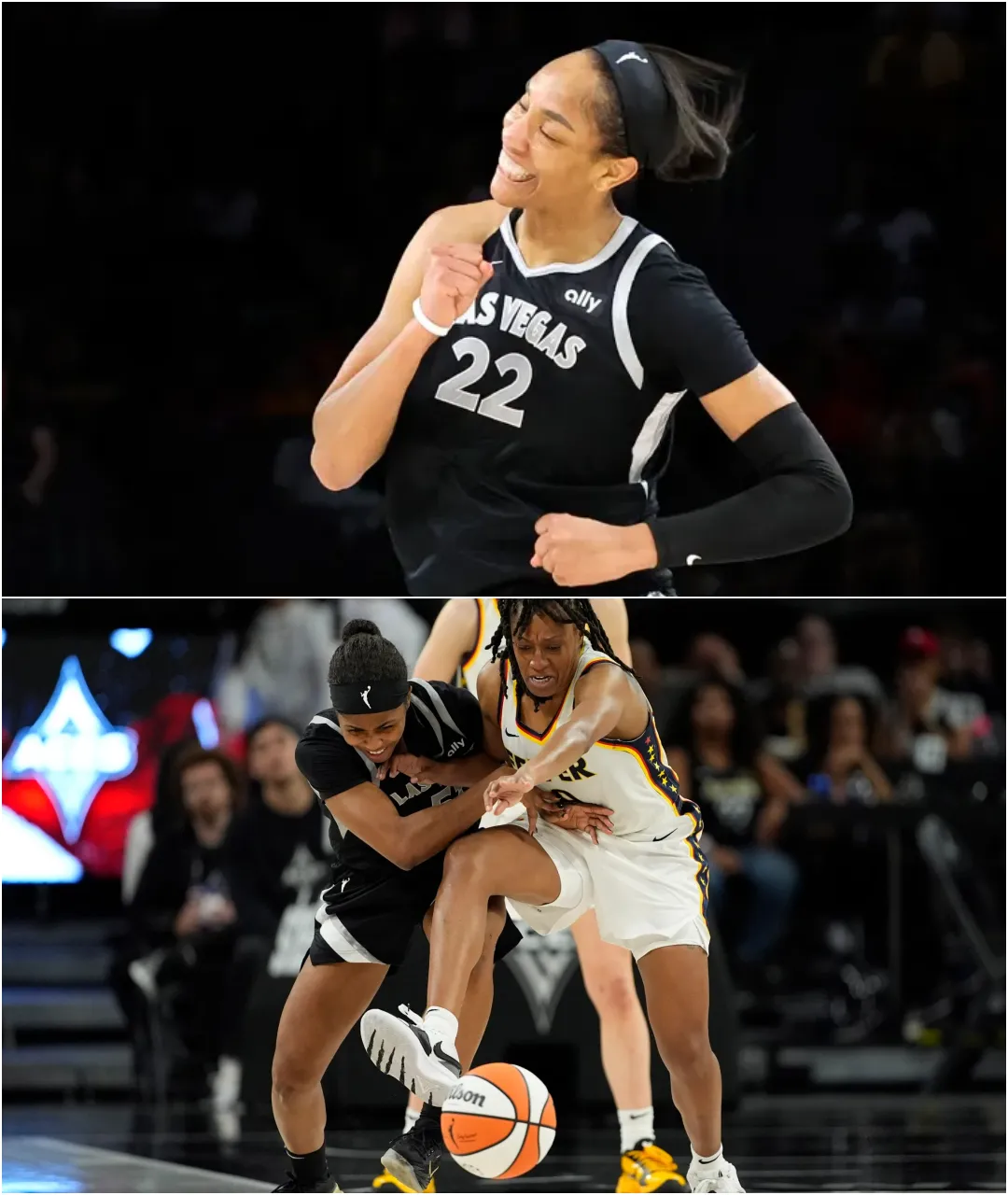Gymnastics is a sport that constantly evolves, with skills going in and out of style faster than you can say "sukara." This constant evolution is not necessarily a bad thing, as it forces gymnasts to improve and keeps the sport interesting.
Gymnasts are expected to perform unimaginable somersaults, flips, turns, and twists, and as crazy as these stunts may be, our favorite athletes fine-tune their bodies to perform these mind-blowing routines.
However, there are some moves in gymnastics that have been banned or have fallen out of favor over the years. These moves may have been popular in the past, but due to safety concerns or changes in the scoring system, they are no longer seen in competitive routines. Here are some moves that have been banned or are no longer popular in gymnastics:
Rollout Skills:
A rollout skill is when a gymnast adds a half Salto and rolls out rather than completing a full flip to their feet. An example of this is the Thomas Salto, named after Kurt Thomas. The Thomas Salto is a back Salto with one and a half flips followed by one and a half twists that the gymnast rolls out of at the end before standing up. Rollout skills have been banned in women's gymnastics for a while due to the precision it takes to land correctly and avoid neck injury. The same safety concerns resulted in the skill being banned in men's gymnastics in the 2017 to 2020 code of points.
Toach of Salto:
The Toach of Salto is performed on uneven bars and is considered the hardest stunt in gymnastics. The skill consists of movements that complicate the whole routine itself, and if done right, male gymnasts can score difficulty points on the high bar. Even though the move is more than 40 years old, elite gymnasts still find the Toach of Salto a challenge to perform.
Belly Beats:
Belly beats are when a gymnast swings from a headstand position on the high bar and slams their hips into the low bar to help gain momentum to complete the next skill. This skill was once extremely popular but faded out when wider set bars became the norm, allowing gymnasts to have more room for flight during bar-to-bar releases and other precise moves.
Syllis Mount:
The Syllis mount is named after Romanian gymnast Daniela Syllabus. This mount helped Daniela Syllabus win the gold medal on beam back in the 1988 Seoul Olympics. However, this skill is largely ignored today as many gymnasts don't want to take the risk of falling.
Konichi Dismount:
The Konichi Dismount, named after five-time Olympic gold medalist Nadia Konichi, was once one of the most difficult skills being done at the time. However, more challenging skills today have forced the Konichi Dismount out of competition.
Back-to-Back Tumbling:
Any tumbling pass in which a gymnast tumbles from one corner of the floor to another and then back again to the original corner without stopping is known as back-to-back tumbling. This skill used to be performed by many gymnasts but is seen less often today due to a shift in focus to more difficult skills that take more energy to complete on their own.
Sukara Beam Dismount:
The Sukara beam dismount went out of style when the value of the skill sunk way below its actual difficulty. However, there is still hope for a comeback as it was performed relatively recently at the Chicago Style Meet in 2017.
Video:
Arabian Double Front:
This gymnastic skill is used popularly by elite gymnasts, and it's an intricate stunt in which the gymnast does a half turn after which they turn in the air twice before landing. This move is typically executed during a floor routine.
In conclusion, while some moves in gymnastics have been banned or fallen out of favor, the sport continues to evolve as new skills are developed and athletes push the boundaries of what is possible. As safety concerns and scoring systems change, certain moves may become less common in competitive routines. However, gymnasts continue to amaze us with their incredible athleticism and dedication to their sport.



